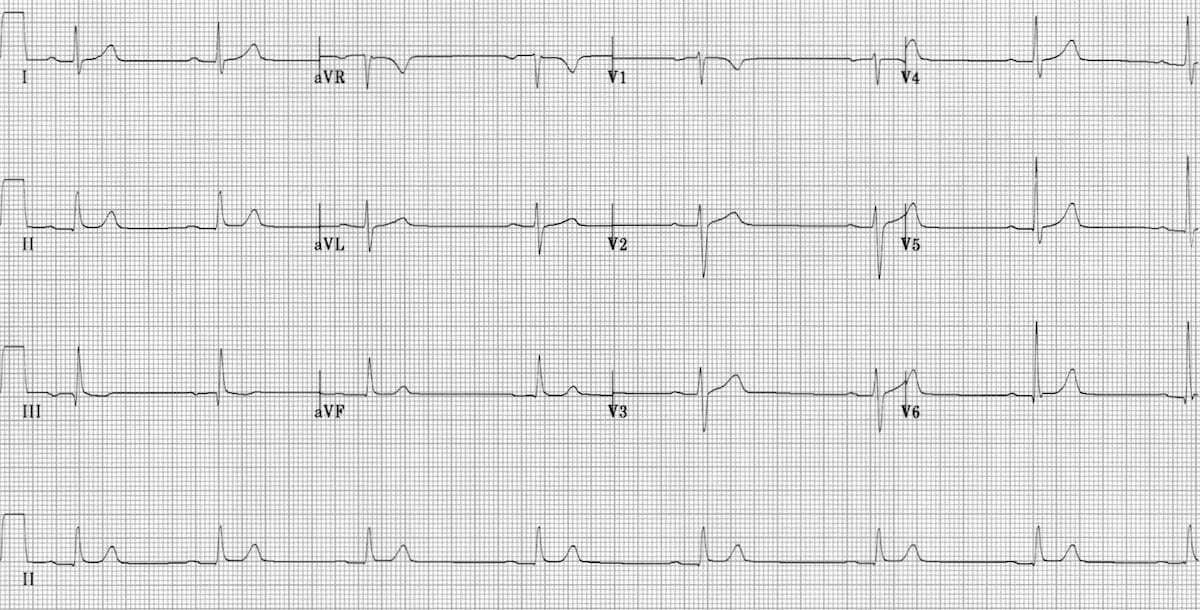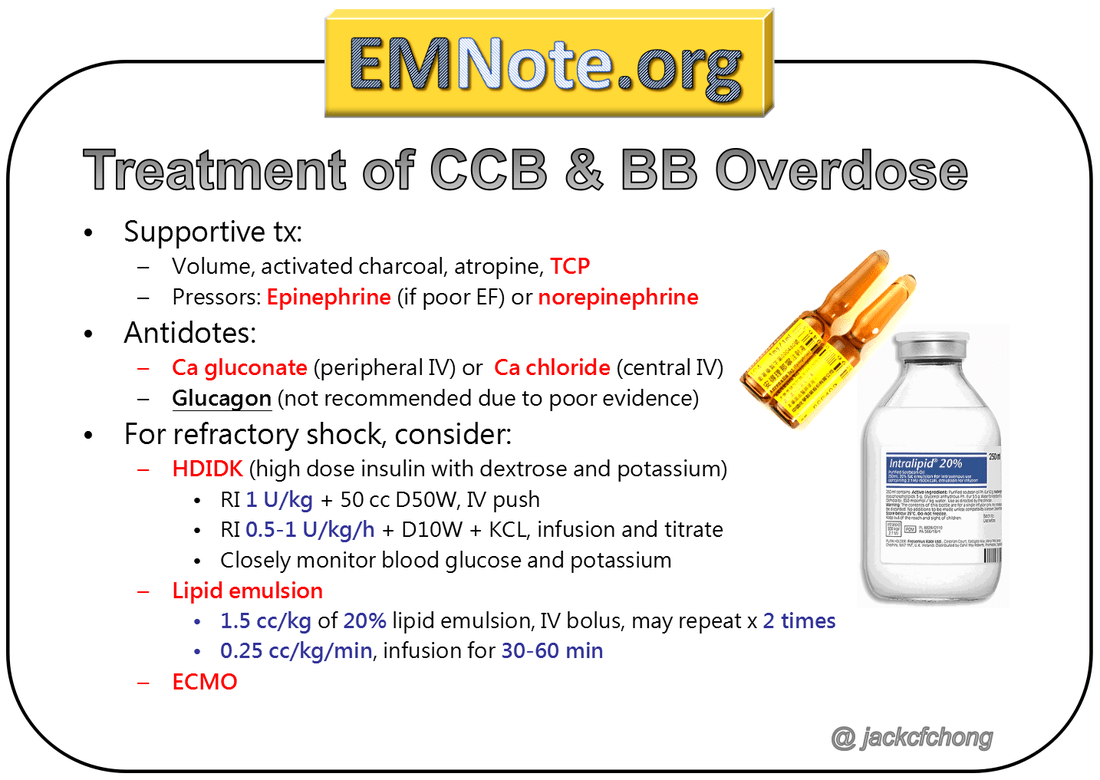
The other one is minimum toxic concentration or MTC, which refers to the minimum concentration that has toxic effects. The first one is minimum effective concentration or MEC, which refers to the minimum concentration that has therapeutic effects. The therapeutic window refers to any blood concentration of a given drug that’s between two parameters. Now, in contrast to the therapeutic index, there is the therapeutic window, which is defined as the range of blood concentrations at which a medication can give therapeutic effects while avoiding toxicity. On the flip side, medications with a narrow therapeutic index are more dangerous, since they have close toxic and effective doses. The important thing to note here is that medications with a wide therapeutic index are safer, since their toxic dose is much higher than their effective dose. Now, if the test question gives you a median lethal dose or LD50 for short instead of TD50, don’t panic! These two can be used interchangeably in the formula, but keep in mind that TD50 refers to human clinical trials, while LD50 refers to animal studies, and is defined as the dose that causes death in 50% of tested animals.

For your exams, you should know that the TI is calculated as the ratio of the median toxic dose or TD50, which is the dose that causes a toxic response in 50% of the population, over the median effective dose or ED50, which is the dose that causes a therapeutic effect in 50% of the population. The therapeutic index, or TI for short, is a quantitative measurement of a drug’s dosing and its safety. Now, let’s go over some pharmacology basics. An overdose refers to taking too much of a substance, and can result in toxicity, which refers to how harmful that substance can be to the body. Her history reveals that she was diagnosed with bipolar disorder a few years ago, and is currently under treatment with lithium.īased on their history and presentation, both Cameron and Adaline seem to have some type of medication overdose or toxicity. You notice that Adaline is very thirsty, and she also keeps going to the restroom to urinate.

Adaline reports that she has the flu and has been taking ibuprofen for the last couple of days. Later that day, 32 year old Adaline presents in the emergency room due to nausea, vomiting, and slurred speech. You decide to perform a blood test, which reveals that Cameron has metabolic acidosis.

Cameron tells you that he has a headache and is hearing a weird ringing noise. A 19 year old young man named Cameron is brought to the emergency room by his father, who found Cameron vomiting next to a half-empty bottle of aspirin.


 0 kommentar(er)
0 kommentar(er)
